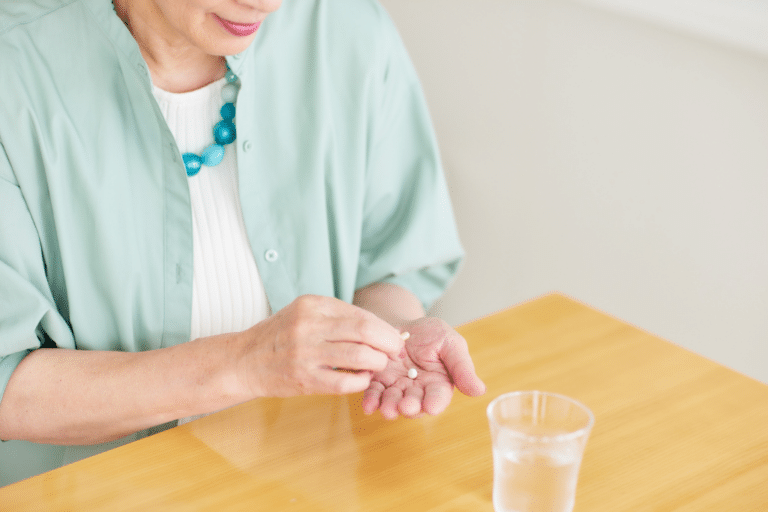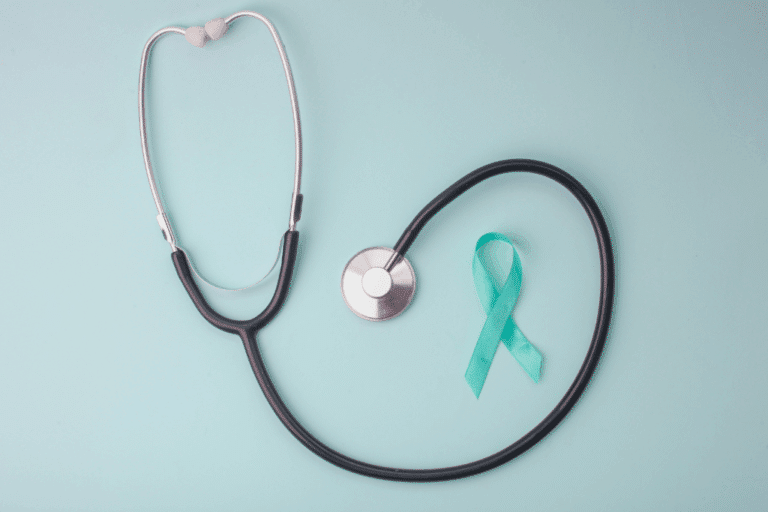Let’s start here: If you’ve never heard of Low Dose Naltrexone (LDN), you’re not alone. Most traditional providers barely give it a glance. But in the functional medicine world, it’s becoming a trusted sidekick in the fight against chronic inflammation, pain, and autoimmunity—and I’ve seen it help my own clients in some powerful ways.
So, what is LDN exactly? And is it something you should consider adding to your toolkit?
Let’s dive in.
What Is Low Dose Naltrexone (LDN)?
LDN is a very small dose of a medication called naltrexone, which was originally approved by the FDA in the 1980s to treat opioid and alcohol dependence at much higher doses (50 mg). At low doses—typically 0.5 to 4.5 mg—it behaves completely differently.
Instead of blocking opioids, it seems to calm an overactive immune system, reduce inflammation, and boost the body’s natural endorphins (yes, please).
Think of it as a smart modulator—gentle but powerful. Less wrecking ball, more immune whisperer.
How Does LDN Work?
Here’s what’s fascinating about LDN:
- It temporarily blocks opioid receptors. This tricks your body into producing more endorphins—those feel-good, immune-supporting chemicals your body makes naturally.
- It cools down brain inflammation. Overactive microglia (your brain’s resident immune cells) are linked to pain, fatigue, brain fog, and mood issues. LDN may help quiet them down.
- It restores immune balance. For people with autoimmune conditions, it’s not about shutting the immune system down—it’s about helping it stop attacking your own tissue. LDN seems to help regulate this communication.
Who Might LDN Help?
I’ve seen LDN used successfully in women dealing with:
- Autoimmune conditions like Hashimoto’s, lupus, MS, and RA
- Fibromyalgia and chronic fatigue
- Endometriosis and pelvic pain
- Long COVID
- Chronic inflammation and mystery illness
- Anxiety and mood disorders with an inflammatory root
If you’ve ever been told, “Everything looks fine,” but you still feel like a stranger in your own body, this could be something to explore.
Who Shouldn’t Take It?
LDN isn’t for everyone. It’s not appropriate if you:
- Are on opioid pain meds (it’ll block them and could cause withdrawal)
- Are on immune-suppressing meds after a transplant
- Are pregnant or breastfeeding (not enough safety data)
- Have untreated adrenal insufficiency
As always—talk to someone who knows what they’re doing before starting.
Dosing 101
LDN has to be compounded (no CVS drive-thru here), and we usually start low and go slow:
- Start at 0.5–1.5 mg at bedtime
- Increase every 1–2 weeks
- Land somewhere between 3.0–4.5 mg as the sweet spot
- Some women do better at lower doses, especially those with thyroid conditions or mast cell issues
This is not one-size-fits-all. I work with clients to find the dose that supports healing without poking the immune bear.
Side Effects?
Most people tolerate LDN really well. But here’s what might show up:
- Vivid dreams (these usually fade after a week or two)
- Insomnia (sometimes taking it earlier in the evening helps)
- Headaches or mild nausea
- A short-term immune flare in some autoimmune folks—your body adjusting to the shift
As with anything in functional medicine, it’s all about context and support.
My Take
LDN isn’t the hero of the story—but it can be an amazing supporting character. If you’re working on healing your gut, balancing hormones, optimizing your nervous system, and reducing inflammation, LDN might be the gentle nudge your body needs to turn the corner.
It’s not about masking symptoms. It’s about teaching your immune system how to stop overreacting and start regulating again.
If you’re curious whether it could be right for you, let’s talk.
References
- Chopra P, Cooper MS. Treatment of complex regional pain syndrome (CRPS) using low dose naltrexone (LDN). J Neuroimmune Pharmacol. 2013;8(3):470–476.
- Younger J, Mackey S. Fibromyalgia symptoms are reduced by low-dose naltrexone: a pilot study. Pain Med. 2009;10(4):663–72.
- Smith JP, Stock H, et al. Low-dose naltrexone therapy improves active Crohn’s disease. Am J Gastroenterol. 2007;102(4):820–8.
- Agrawal YP. Low dose naltrexone therapy in multiple sclerosis. Med Hypotheses. 2005;64(4):721–724.
- Toljan K, Vrooman B. Low-dose naltrexone—review of therapeutic utilization. Med Sci. 2018;6(4):82.
- Cree BAC, Kornyeyeva E. Pilot trial of low-dose naltrexone and quality of life in MS. Ann Neurol. 2010;68(1):145–50.
- Patten DK, Schultz BG, Berlau DJ. Low-dose naltrexone in chronic pain and inflammation. J Am Pharm Assoc. 2018;58(5):S133–S139.
Dr. Anna Garrett is a menopause expert and Doctor of Pharmacy. She helps women who are struggling with symptoms of perimenopause and menopause find natural hormone balancing solutions so they can rock their mojo through midlife and beyond. Dr. Anna is the author of Perimenopause: The Savvy Sister’s Guide to Hormone Harmony. Order your copy at www.perimenopausebook.com.
Dr. Anna is available for 1-1 consultation. Find out more at www.drannagarrett.com/lets-talk




